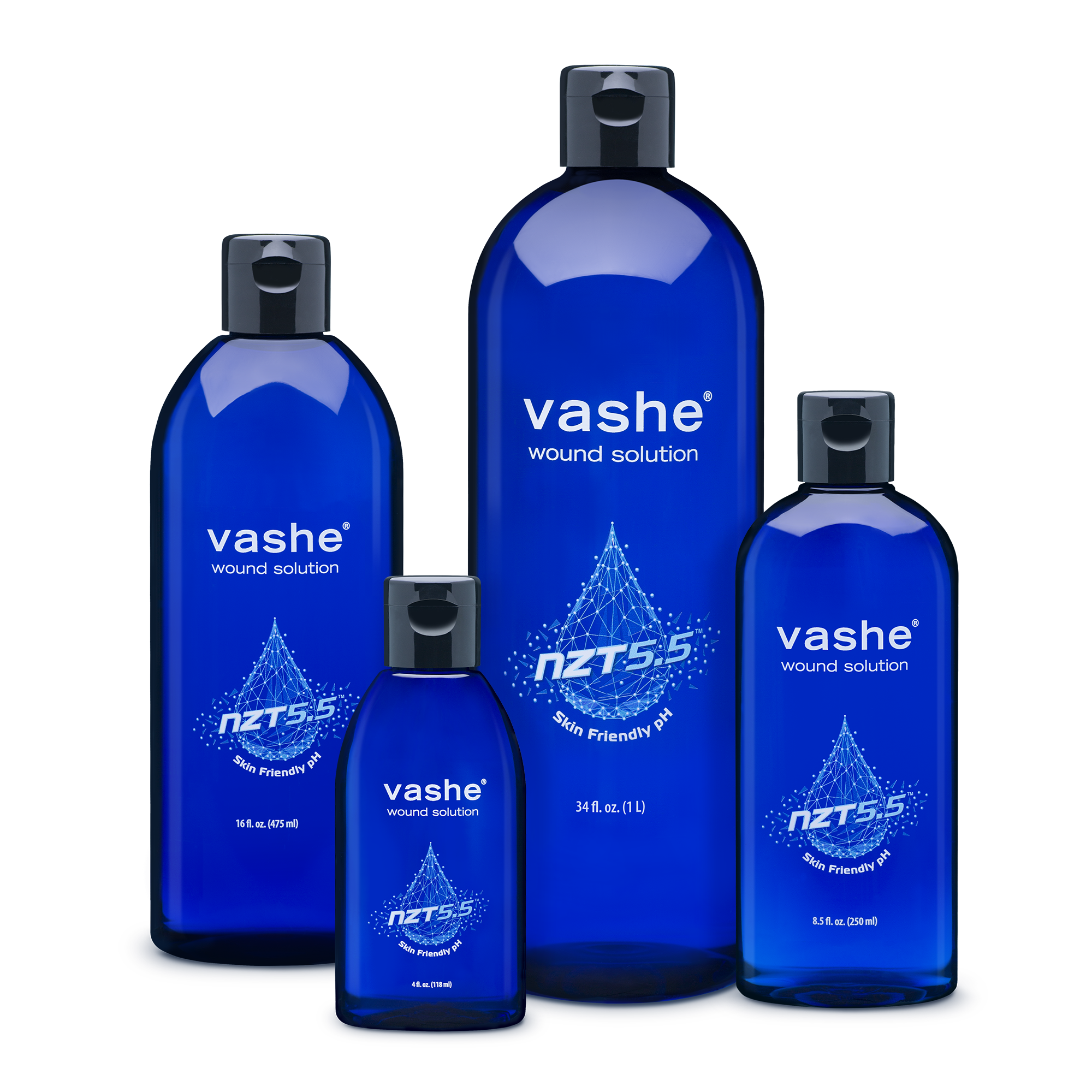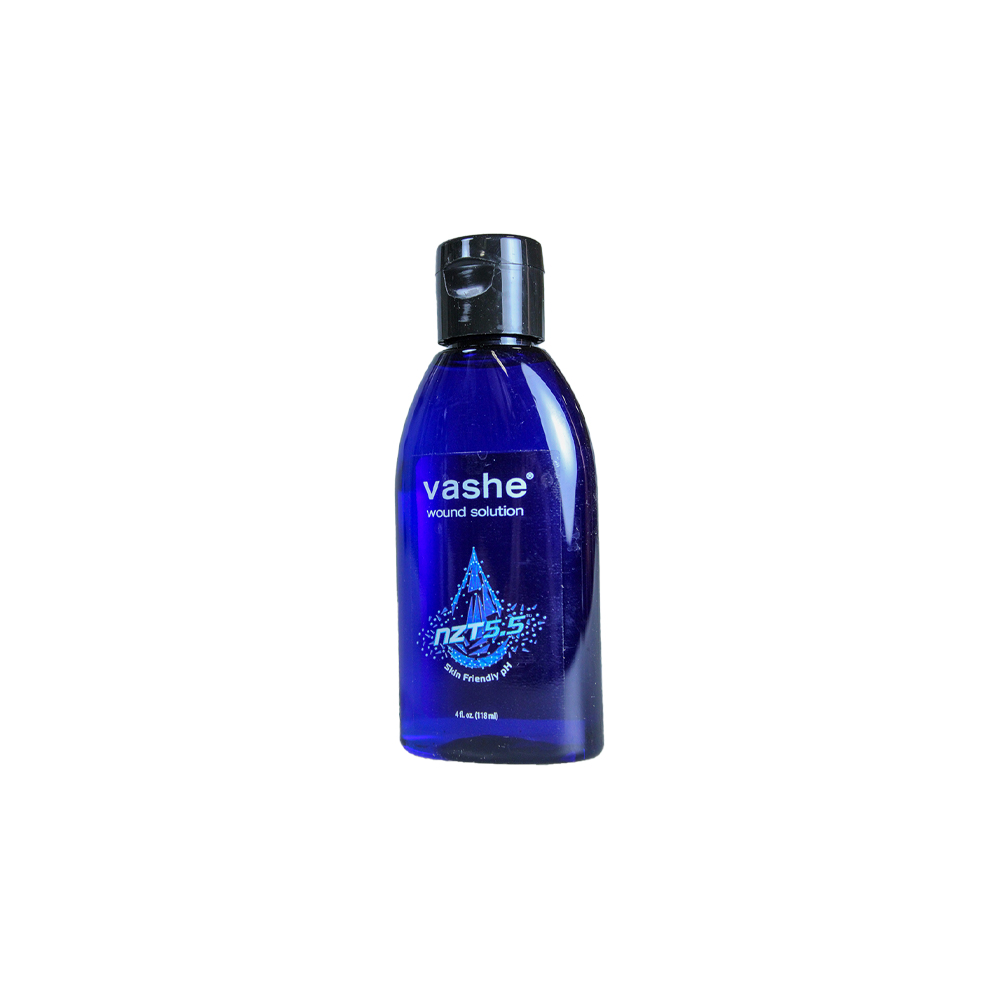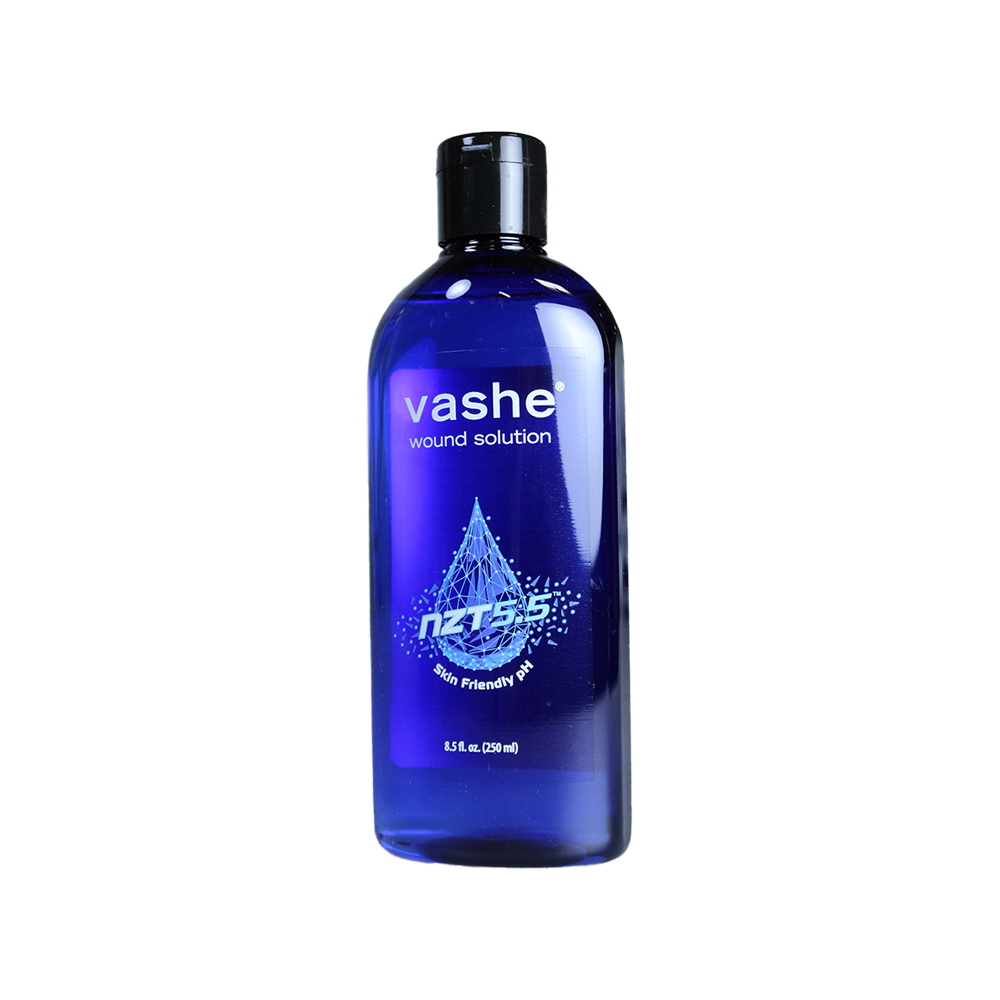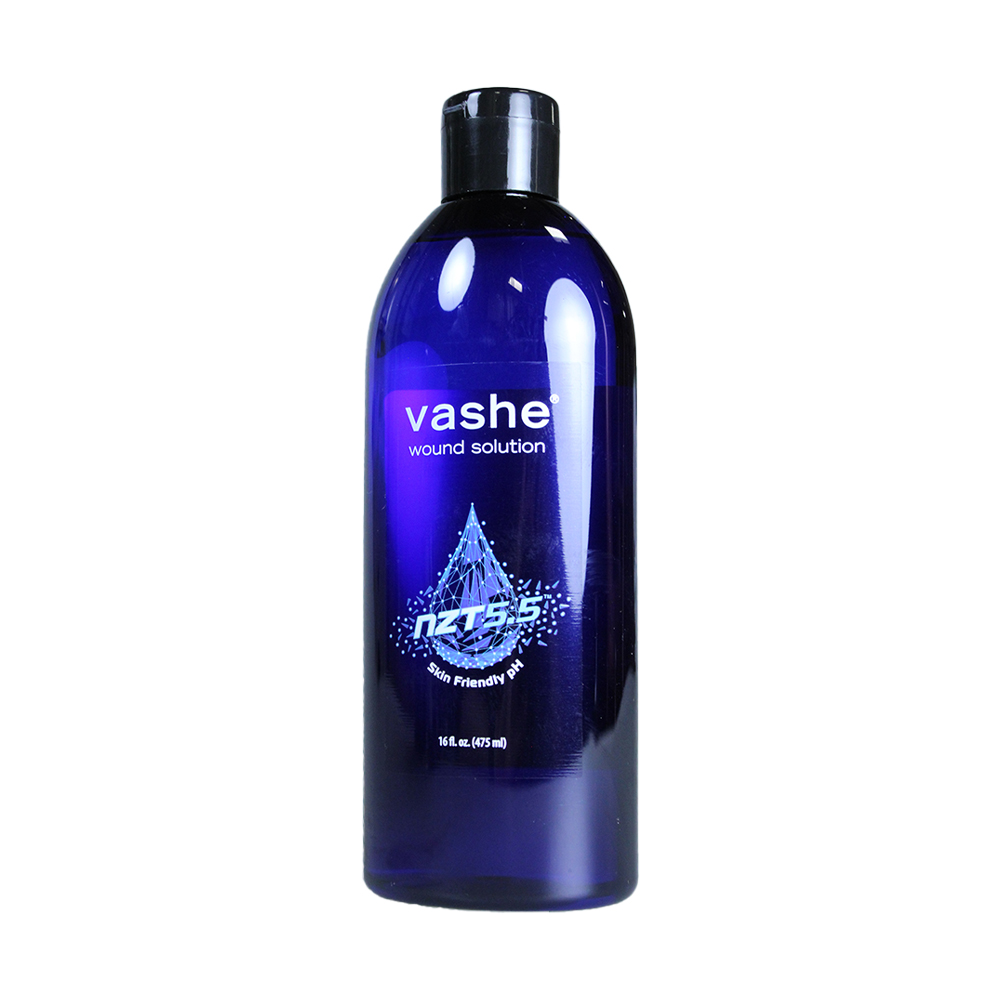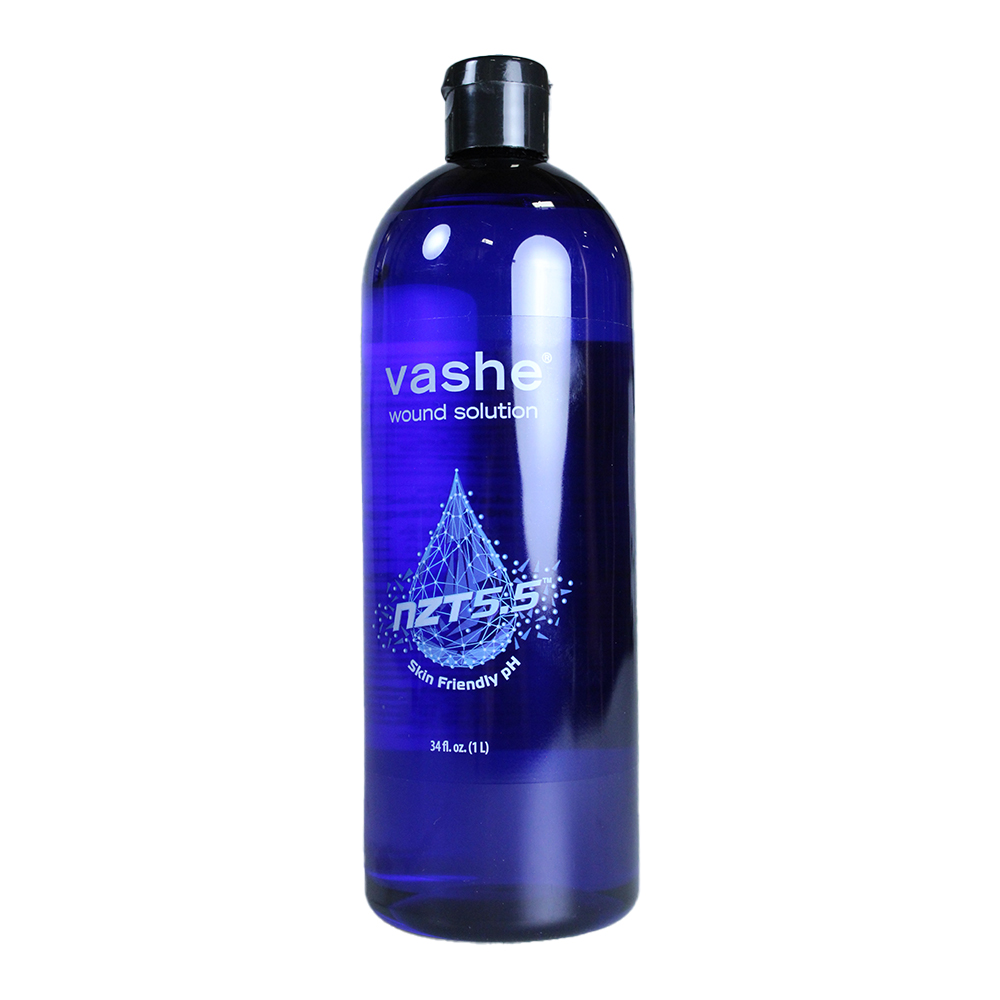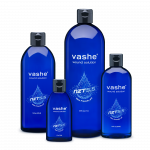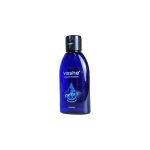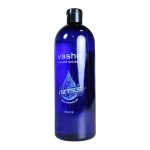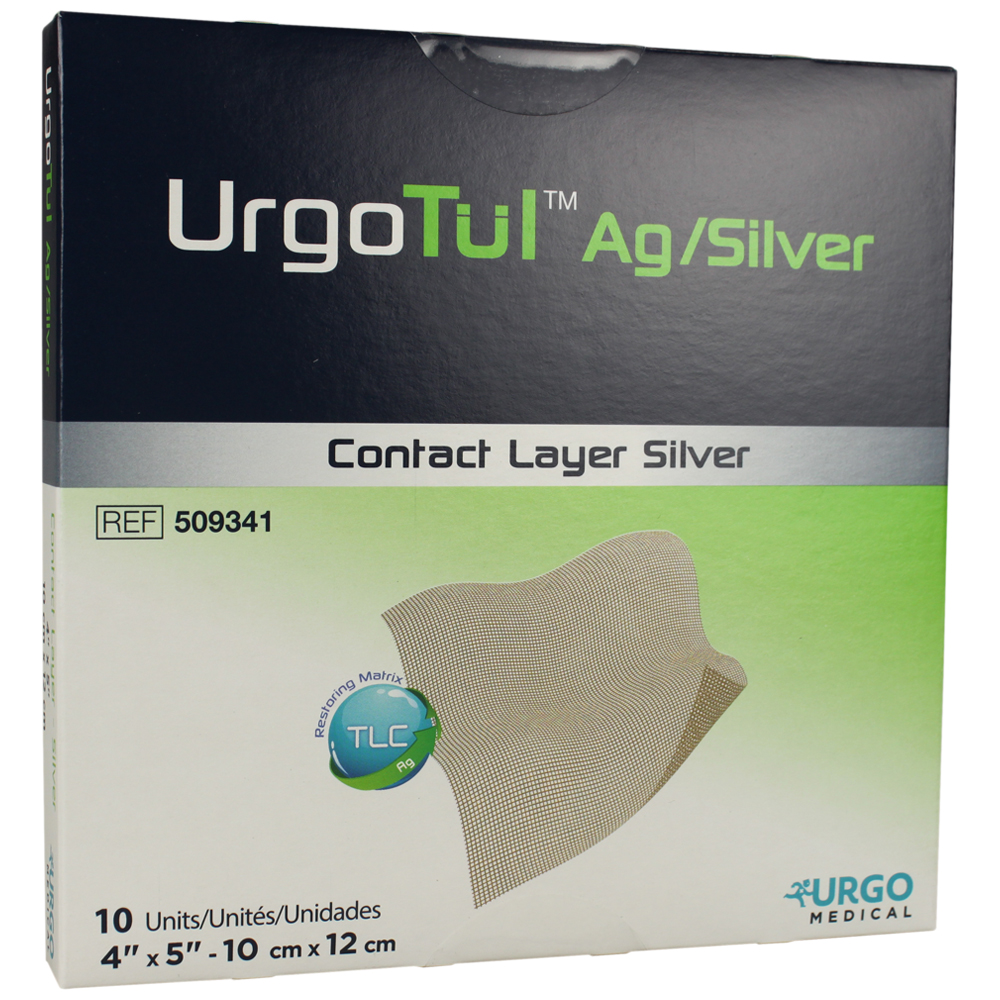- My Account
- Place a Reorder
- Logout
Vashe Wound Solution NZT 5.5 with Skin Friendly pH
Brand: vashe
Manufacturer: Urgo Medical
Lorem ipsum dolor sit amet, consectetur adipiscing elit. Ut elit tellus, luctus nec ullamcorper mattis, pulvinar dapibus leo.
Lorem ipsum dolor sit amet, consectetur adipiscing elit. Ut elit tellus, luctus nec ullamcorper mattis, pulvinar dapibus leo.
DESCRIPTION
DETAILS
Reviews
DESCRIPTION
How does Vashe Wound Solution NZT 5.5 Work?
Wound Cleansing Powered by Pure Hypochlorous Acid
Vashe Wound Solution helps to cleanse wound and work toward wound bed preparation. The cleanser is promotes healing in a safe, effective, and natural way. This solution contains a powerful substance known as hypochlorous acid (HOCl). It acts as a preservative to protect wounds against contamination. Vashe Wound Solution has the highest concentration of pure HOCl.
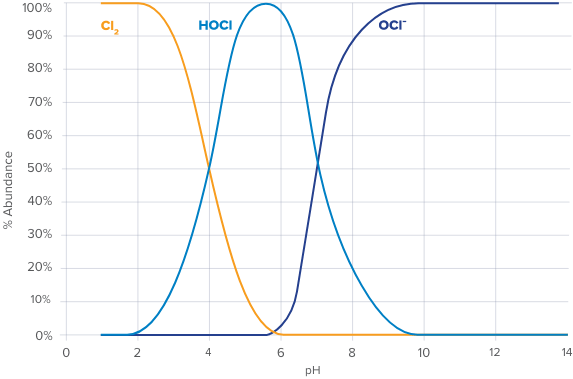
The Importance of pH Balance
While skin heals, its pH balance often rises, slowing the healing process. Vashe Wound Solution lowers skin pH into a healthy range of 4-6. As a result, the body is equipped to protect itself against fungal spores and bacteria.1,2
Stay In The Zone with NZT 5.5
Vashe Wound Solution is powered by a proprietary electrochemical process called Natural Zone Technology 5.5. It mimics the body’s natural defenses and provide an ideal healing environment.
- Safe for your cells and doesn’t harm skin.
- Restores a gentle, normal pH level.
- Helps get rid of tiny harmful organisms.
- Cleans and clears the wound.
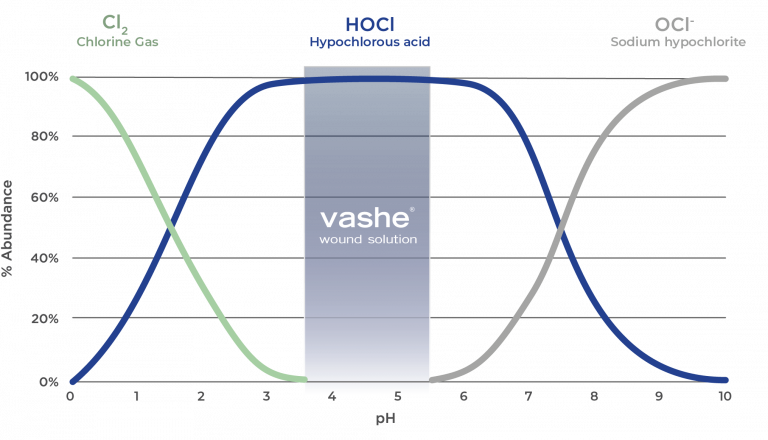
Safe for All Types of Wounds
Vashe Wound Solution effectively cleanses and protects the body while healing from:
- Acute and chronic skin wounds (dermal lesions)
- Stage I-IV pressure ulcers such as bedsores
- Stasis ulcers from blood pooling
- Diabetic ulcers
- Post-surgical wounds
- First- and second-degree burns
- Scrapes and minor irritations of the skin
- Grafted skin and donor skin sites
Vashe Product Specifications
- Manufacturer: Urgo Medical
- Brand: Vashe
- Volume: 4 oz. (118ml), 8.5 oz. (250ml), 16 oz. (473ml), 34 fl. oz. (1,005ml)
- Application Method: Bottle
- Condition: Partial Thickness Burns, Pressure Ulcers, Surgical Wounds
- Amount: Case of 6, Case of 12, Case of 24
- Billing Supported: No
- HCPC Code: A6260
Proven Wound Care Efficacy
The preservation system within Vashe Wound Solution has been tested against many common pathogens,
including fungi, spores, and multi-drug-resistant bacterial strains.3-5
What are the Benefits of Vashe Wound Cleansing Solution?
- Biocompatible, safe, effective and natural
- Mimics the normal pH of human skin
- Cleanses, debrides and removes microorganisms from the wound
- Breaks up and helps clear biofilms
- Provides wound debridement and irrigation
- Reduces wound odor
- Cleared for use on acute and chronic lesions
- Helps to accomplish the goals of wound bed preparation
- Non-irritating, non-sensitizing and nontoxic to the environment
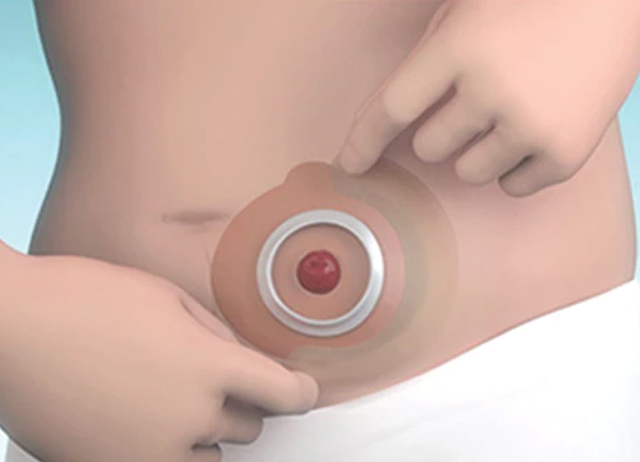
How to Use [Product]
- [Step 1]: [Explain how the product is used]
- [Step 2]: [Explain how the product is used]
- [Step 3]: [Explain how the product is used]
- [Step 4]: [Explain how the product is used]
Product Resources
Vashe Wound Solution – Vashe Your Wounds
Vashe Slideshow – Learn more about this formula.
Related Products
Wound Cleanser FAQs
How do I use Vashe Wound Solution?
For wound cleansing, create a compress. Dampen gauze with the Vashe Wound Solution. Squeeze the gauze gently to remove any extra liquid. Then, place the gauze directly onto the wound. Leave it there for 3-5 minutes. These basic instructions may vary depending on the type of wound. Ask your doctor for personalized instructions.
How should I store Vashe Wound Solution?
After you open the bottle, make sure to use the Vashe Wound Solution within 30 days.
To keep the cleanser safe and effective, store at room temperature.
What is in Vashe Wound Solution?
Vashe’s most important ingredient is hypochlorite (hi-po-klor-ite). That’s combined with sodium chloride and water. Together, the balanced solution restores natural skin pH levels and protects the body against bacteria.
What type of wounds is vashe wound solution used for?
The Vashe Wound Solution serves as a multi-purpose solution designed to cleanse, irrigate, moisturize, debride, and eliminate foreign substances, including microorganisms, from various types of skin conditions, such as:
- Acute and chronic dermal lesions
- Stage I-IV pressure ulcers
- Stasis ulcers
- Diabetic ulcers
- Post-surgical wounds
- First- and second-degree burns
- Abrasions and minor skin irritations
References
1. Block SS, ed. Disinfection, sterilization, and preservation. Philadelphia: Lea & Febiger; 2000. 2. Wang L, et al: Hypochlorous acid as a potential would care agent: Part I, Stabilized hypochlorous acid: A component of the inorganic armamentarium of innate immunity. J Burns Wounds. 2007;6:65-79. 3. Vashe Would Solution data developed from USP 51 Antimicrobial testing. 4. Bohn GA, et al. Can the use of hypochlorous acid change your dressing selection? Poster Presentation: Symposium for Advanced Wound Care; 2013; Orlando, FL. 5. Nerandzic MM, Rackaityte E, Jury LA, Eckart K, Donksey CJ. Novel Strategies for Enhanced Removal of Persistent Bacillus anthracis Surrogates and Clostridium difficile Spores from Skin. PLoS One. 2013;8(7):e68706. doi:10.1371/journal.pone.0068706.
Product Item Number
00312,003133,00314,00322
PDF File
DETAILS
Additional information
| Manufacturer | Urgo Medical |
|---|---|
| Brand | vashe |
| Volume | 4 oz. (118ml), 8.5 oz. (250ml), 16 oz. (473ml), 34 fl. oz. (1,005ml) |
| Application Method | |
| Condition | |
| Amount | Each, Case of 6, Case of 12, Case of 24 |
| Billing Supported | |
| HCPC Code |
Reviews
Most orders ship same day
Straightforward and Streamlined
8am - 7pm EST Monday thru Friday
